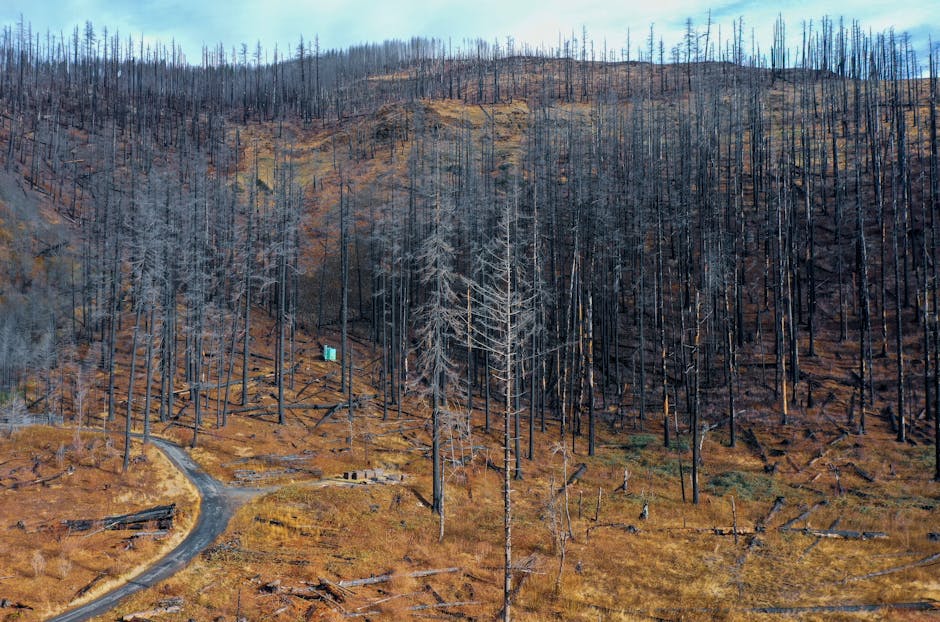Gul-e-Dawood: Kashmir’s Purple Autumn Wonder
While the crimson Chinar trees have long symbolized Kashmir’s autumn, a delicate floral rival—Gul-e-Dawood (David’s Rose or saffron crocus)—is now stealing the spotlight. Blanketing Pampore’s fields in vibrant purple, this bloom offers a fresh visual narrative for the season, blending natural beauty with deep cultural roots.
Why Gul-e-Dawood Stands Out
- A Fleeting Spectacle: The saffron crocus (Crocus sativus) blooms for just weeks in October–November, wilting by afternoon, making its morning glory a rare sight.
- Cultural Treasure: More than a flower, it yields Kashmiri saffron, the world’s most prized spice, woven into the region’s heritage and economy.
- Tourism Magnet: Social media buzz and “saffron trails” are drawing visitors to witness harvests, where farmers hand-pick crimson stigmas amid lavender seas.
Challenges: Preserving a Fragile Legacy
Climate change threatens yields, with erratic rainfall slashing production. Efforts like the National Saffron Mission aim to revive ancient irrigation and modernize farming. Meanwhile, the shift from Chinar to Gul-e-Dawood reflects Kashmir’s evolving identity—honoring tradition while embracing renewal.
Sustainable Future for Kashmir’s New Icon
To protect this fragile bloom, experts advocate:
– Eco-Tourism: Controlled access to fields to prevent soil damage.
– Global Branding: Positioning Kashmiri saffron as a luxury export.
– Farmer Support: Ensuring locals benefit from tourism and tech-driven farming.
As dawn breaks over Pampore, Gul-e-Dawood’s purple petals whisper a promise: Kashmir’s autumn magic extends far beyond the Chinar.




